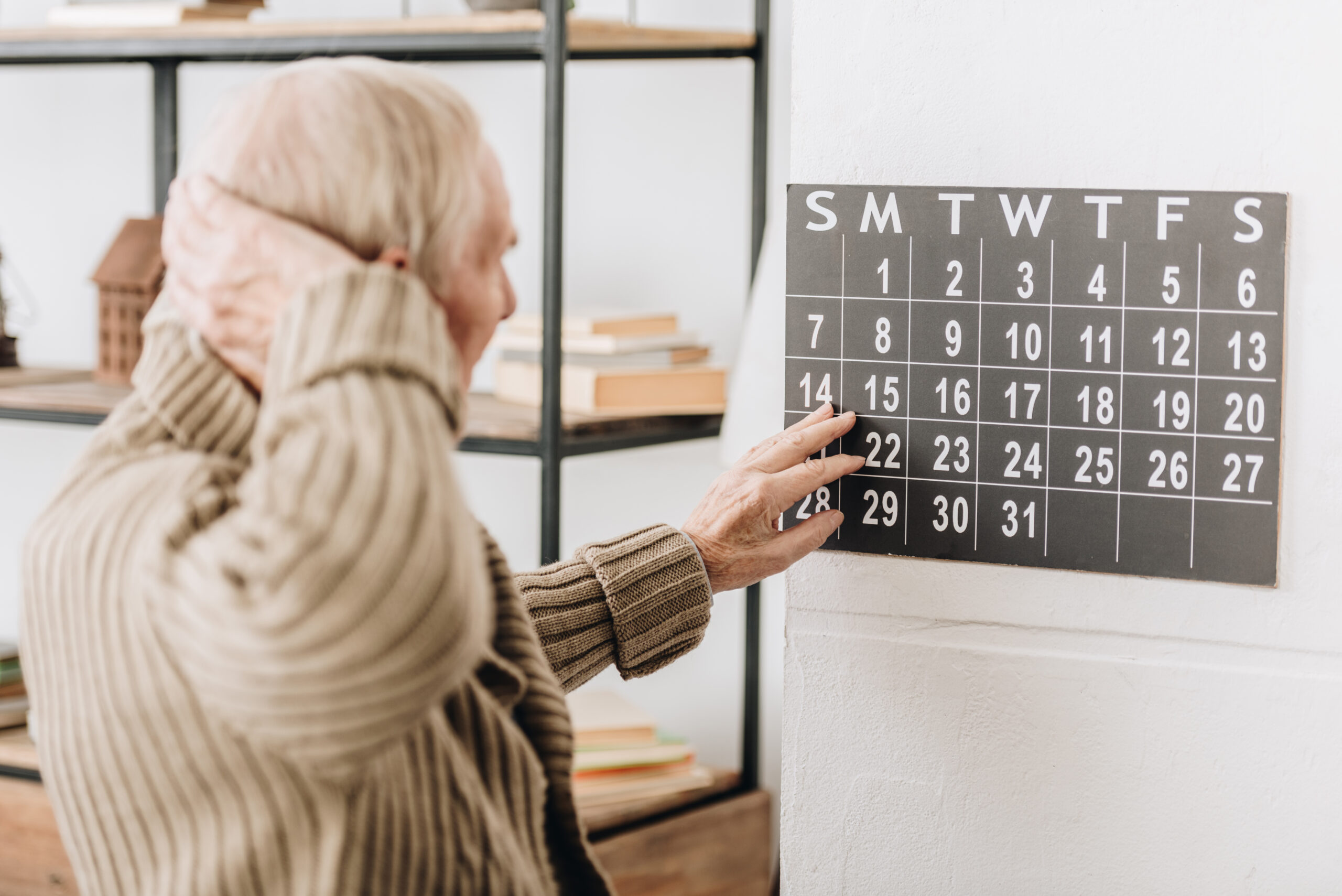How to support mobility and prevent falls in dementia care
Supporting mobility and preventing falls in dementia care is crucial because people with dementia often face challenges with balance, coordination, and spatial awareness. These difficulties increase their risk of falling, which can lead to serious injuries. Here are some practical ways to help maintain mobility and reduce fall risks in a simple, everyday approach.
First, encouraging regular physical activity is key. Gentle exercises like walking or balance-focused activities help keep muscles strong and improve coordination. Even small movements throughout the day can make a difference. Activities should be enjoyable and meaningful to the person with dementia—this not only supports physical health but also boosts mood and engagement.
Creating a safe living environment plays a big role too. Removing tripping hazards such as loose rugs or clutter from walkways helps prevent accidents. Improving lighting around the home reduces shadows that might confuse someone with dementia or cause them to misjudge steps or obstacles. Installing grab bars in bathrooms and handrails on stairs provides extra support where it’s most needed.
Using assistive devices like canes or walkers can promote independence while offering stability during movement. It’s important these tools are properly fitted and that individuals receive guidance on how to use them safely.
Routine is another powerful tool for safety—encouraging activities at the same time each day in familiar places helps build confidence through repetition, making tasks easier to remember and perform without confusion.
Caregivers should also focus on simplifying tasks by breaking them down into smaller steps, using clear verbal instructions combined with demonstrations when possible. This approach supports better understanding without overwhelming the person.
Social engagement matters as well; participating in group activities not only stimulates mental function but encourages movement too, which indirectly supports mobility by keeping people active within a supportive community setting.
For those at later stages of dementia who may have severe motor impairments or require wheelchairs, caregiver education becomes essential—teaching safe transfer techniques prevents falls during movement between beds, chairs, or bathrooms while ensuring comfort through proper positioning reduces risks like skin breakdown from immobility.
Finally, sensory stimulation such as music therapy or gentle massage can provide calming effects that reduce agitation—a common trigger for sudden movements that might lead to falls.
By combining physical activity encouragement, environmental adjustments for safety, use of assistive equipment tailored individually, routine establishment for familiarity, task simplification strategies alongside social involvement—and caregiver training focused on safe handling—you create an environment where mobility is supported thoughtfully while minimizing fall risks naturally within daily life routines of those living with dementia.





